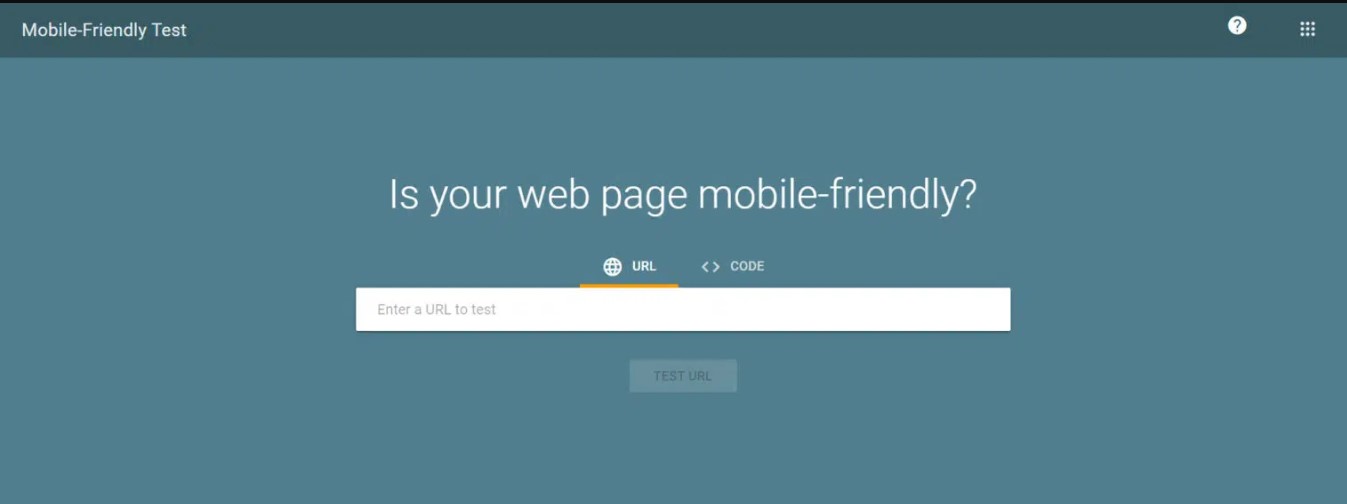Is it time to rebuild your website? If you’re not receiving the conversions you believe you deserve, and users are abandoning your site quickly after they arrive, it might be a hint that you need to redesign your website.
Redesigning your website may increase sales, enhance user experience, and even raise your rankings and organic visitors. Even if you merely feel that your website is due for a change after several years of the same design, there are a few things to think about before making any major modifications.
Here are the top five considerations when revamping your blog.
1. Examine the Competition.
Competitor analysis may help you enhance your website in a variety of ways, including design. You may examine how your website compares to your top rivals by evaluating their websites.
You may also use the System Usability Scale to compare your website to that of your rivals. While not ideal, it is a simple approach to estimating the usability score of a website. It comprises ten questions that indicate how people feel about a software product, app, website, and so on.
It can also be useful for comparing individual design aspects. Assume you and your competition both provide free trials. How does the signup procedure differ amongst your websites?
Perhaps your rivals enable consumers to join up without adding a card by utilising their Google or Facebook accounts. This makes it extremely simple for people to get started and test out the membership or product. You’re losing money if you demand email registration or, worse, ask consumers to add a credit card before they can access the trial. What distinguishes your menus from those on your rivals’ websites? Do you have a lot of alternatives, which might make things confusing?
Of course, you should think about the general appearance of your site. Is the design of your rivals’ websites more attractive, user-friendly, and professional? Is your website seeming old in contrast, and does it perform badly on mobile devices?
You may use the Google Mobile-Friendly Examine tool to test both your own and your rivals’ mobile sites. It enables you to determine whether your site has flaws that your rivals have previously solved.

2. Determine Your Current Web Design's Strong and Weak Points
Being able to recognize a website’s weak parts as a web designer will help you to handle them appropriately while retaining the design’s strong elements. One way to look at this is to see how different design components impact usability and user-friendliness adversely or favorably.
In other words, what are your primary CTAs and action goals for your visitors, and is your website structured in such a manner that those actions are as easy and as frustrating as possible?
For example, you could want visitors to your website to be able to:
- Complete a contact form
- Schedule an appointment on your calendar.
- Locate your store’s instructions.
- Look through your catalog.
- Using the search bar, look for a product.
- Sign up for a free trial.
- Configure recurring billing
There are two methods for determining the usability of your website design. One method is to test your website yourself, putting yourself in the shoes of a new visitor and attempting to traverse one or more of the aforementioned steps.
Usability testing, on the other hand, is a superior alternative. Various firms provide usability testing, which involves real people checking your site and attempting to accomplish particular activities. It can provide you with valuable information into numerous challenges that consumers face (your weak points), such as:
- There are too many form fields.
- Pop-ups that do not close
- Forms are not working on mobile devices.
- Certain devices have buttons that accomplish nothing.
Heatmap analytics may also be useful in determining which components and CTAs visitors are drawn to (your strong points) and which aspects are “struggle areas” that drive users to abandon your site.
Google Analytics can also be useful. A high bounce rate on your site may indicate design difficulties. Similarly, if users spend less time than usual on certain sites, look at how those pages were developed.
3. Improve Your New Website Design
When revamping your website, consider mobile friendliness, responsiveness, content, and SEO.
Let’s begin with the material. Content should be an essential component of any redesign strategy. You should pay special attention to making your information easy to read and skim. Include additional photos and videos, particularly quality shots and unique movies that you generate.
Choose an easy-to-read typeface and provide lots of white space. Organize your articles using headings and a table of contents so that people can simply get to the sections of the article that interest them.
When rebuilding your website, you should also prioritize mobile-friendliness. I have noted that you can check for bugs using Google’s Mobile-Friendly Test tool, but some themes also include phone and tablet previews.
Screenfly is another useful application that allows you to test how your website looks across various device types and screen sizes. You may realize that your website does not perform as effectively on smaller phones as it does on bigger phones. It’s a terrific method to evaluate the responsiveness of your site for PCs, tablets, phones, and custom displays.
Your new website should not take any longer to load than the old one. Don’t add new elements or use a new theme if it slows down your site. Instead, try to make your website faster. The more quickly your site loads, the better. It will result in a better user experience and higher search engine ranks, as site speed is one of the criteria Google’s algorithms consider when evaluating rankings.
Finally, take SEO into consideration. Organic worldwide and local backlinks will be attracted to a properly built website that seems sleek and current. Making your site easy to use and user-friendly will lower your bounce rate and lead to higher overall rankings.
You should also create and submit a sitemap for your website to Google. Additionally, ensure that the general site layout is straightforward to browse and that menus are quick to open.
4. Selecting the Best Website Redesigner
Who is going to revamp your website? It is crucial to select the correct redesigner. You must choose an agency or freelancer who is skilled and knowledgeable about current design trends. Because web design evolves so quickly, you can’t rely on what worked a year ago.
Your website’s designer must grasp your target demographic and how to create for them. They must not only be brilliant designers, but also understand how design and usability go hand in hand. A smart designer will understand how design components effect SEO and rank higher.
Look for an agency or freelancer with a high rating. Request references and samples of previous work. Transparency and adaptability should also be considered. The designer should be able to collaborate with you and adjust to your demands and objectives. They should be willing to listen to you and provide several ideas and examples for you to study and approve.
5. Examine Your Brand and Style
Not every aspect of your redesign must revolve around usability concerns. You should also think about your entire brand and style. Perhaps it’s time to choose a different path. If your website appears chilly and professional, but this does not match your brand’s goal and vision, it may be time to utilize a friendlier design.
Colors are quite important. Different hues elicit various emotions. A black-white-gray theme may appear more professional, but a green, yellow, pink, or even red theme may appear more joyful. Blue makes individuals feel safer (which is why police in many countries have blue uniforms).
You might also wish to change the font. While you should always use a legible font, certain fonts are louder and more aggressive than others. You might also choose for a more simplistic style.
However, if you’re going to modify your website’s general look, make sure it’s acceptable for your business. You can’t update your website’s identity while keeping your social media branding the same. Remember that consistency is one of the most crucial aspects of a successful branding plan.
Conclusion:
Redesigning your website is a major step, so make sure you do it correctly. There are a few things that should always be a top priority whether you utilize a paid theme or have a developer construct a bespoke one from start. Check that your site is user-friendly, easy to use, responsive to multiple screen sizes, and SEO-optimized. Choose Let’s Think Technology for your website revamp and get an awesome-looking site that will increase your ROI and Sales.


